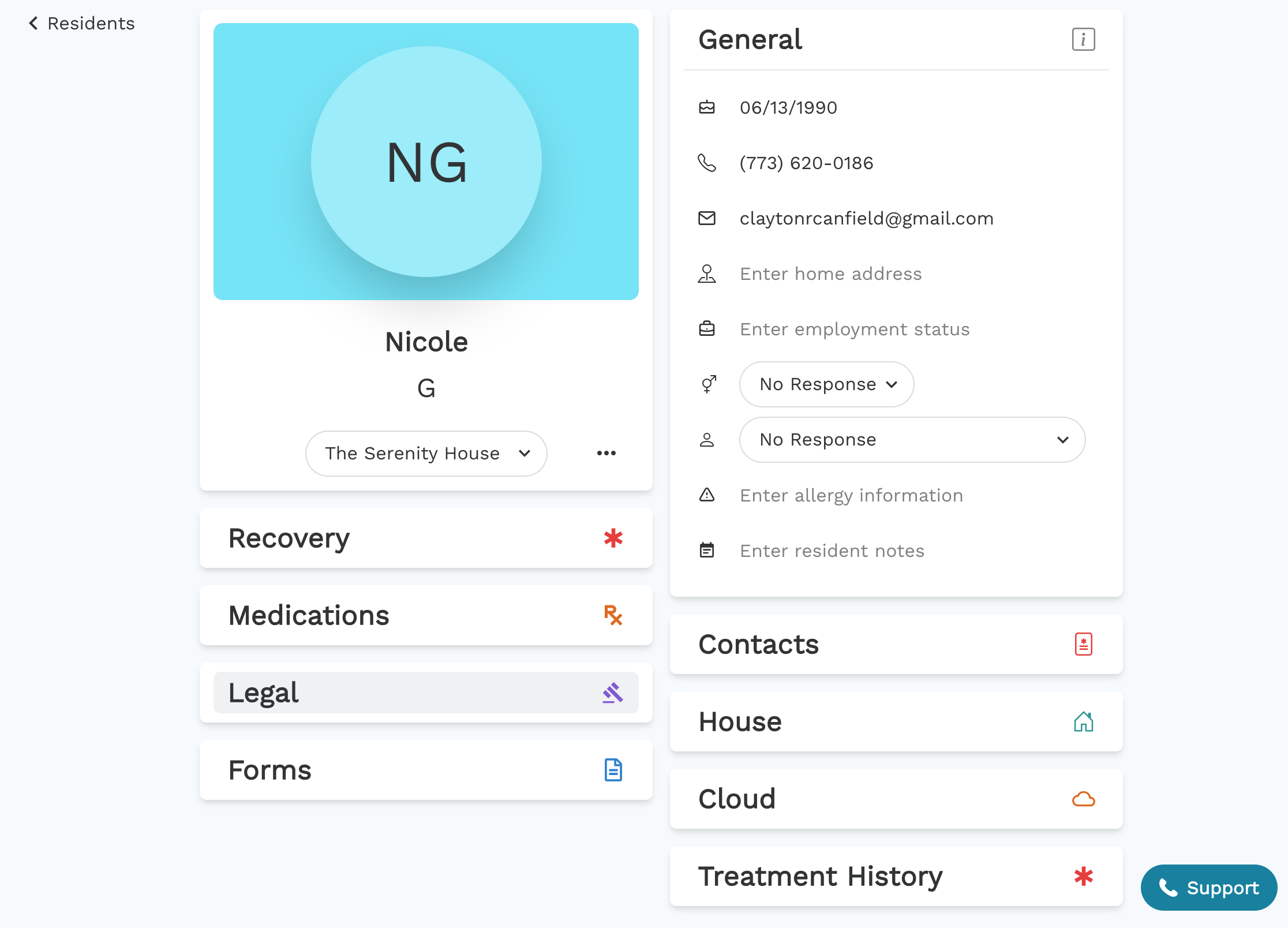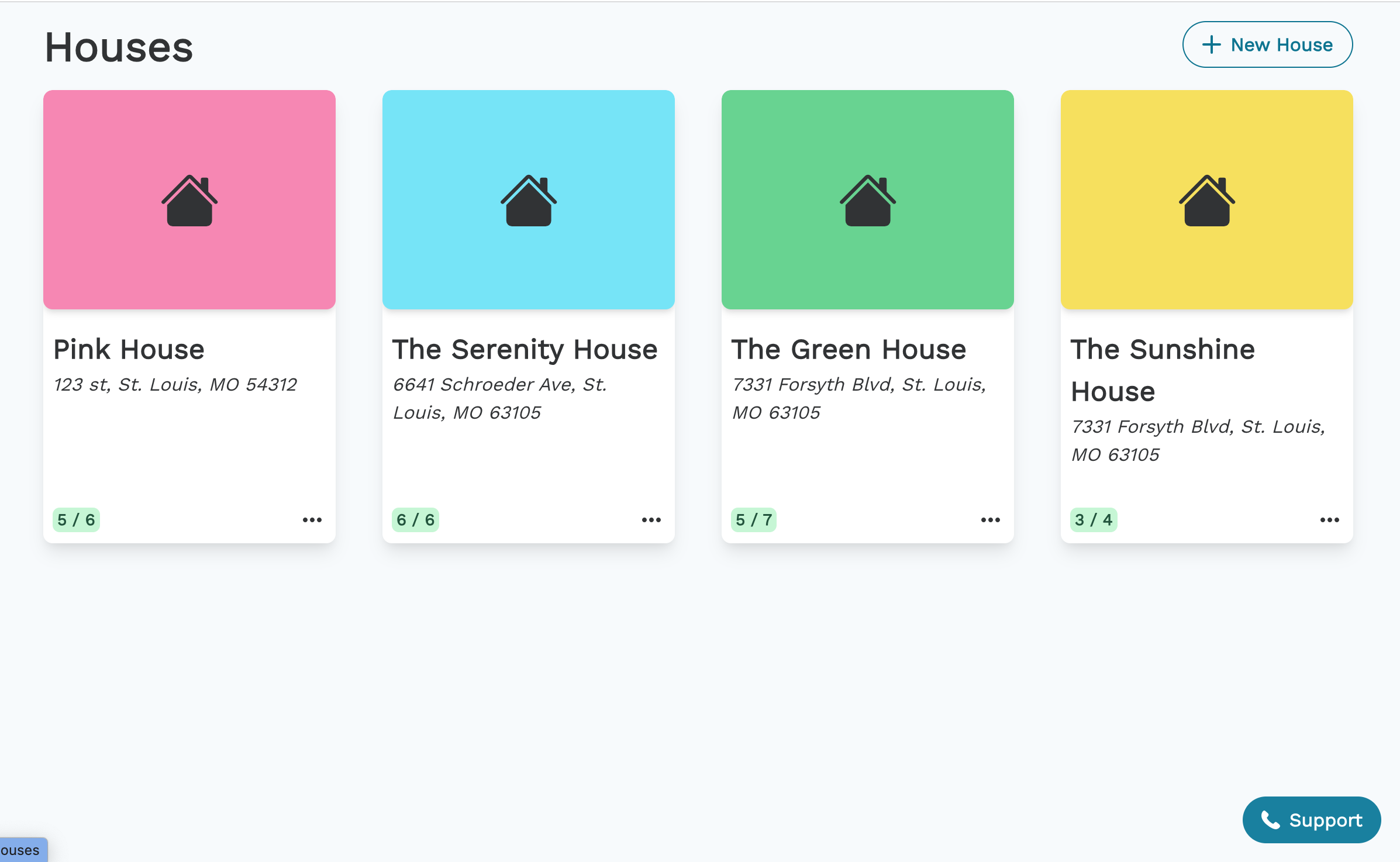What is Recovery Capital?
Recovery capital serves as a predicting tool for sustained recovery for specific individuals. It encompasses a person's internal and external assets that contribute to their ability to maintain sobriety and assesses the level of care they will most likely require to be successful. These assets are categorized into personal, family/social, community, and cultural:
Personal Capital = elements crucial to individual well-being such as health, education, financial stability, and self-esteem.
Family and Social Capital = intimate friend/family relationships, social events promoting recovery, and a reliable support system
Community Capital = broader resources like activism, treatment services, peer support groups, Recovery Community Organizations, and recovery-friendly educational or workplace environments
Cultural Capital = resources specific to cultural or religious backgrounds that support recovery
In theory, individuals with higher recovery capital are less likely to require intensive treatments. By emphasizing the accumulation and utilization of these resources, recovery capital shifts the focus from short-term interventions to long-term strategies for maintaining recovery. It underscores the importance of holistic support systems and environments conducive to sustained well-being beyond the initial treatment phases.


